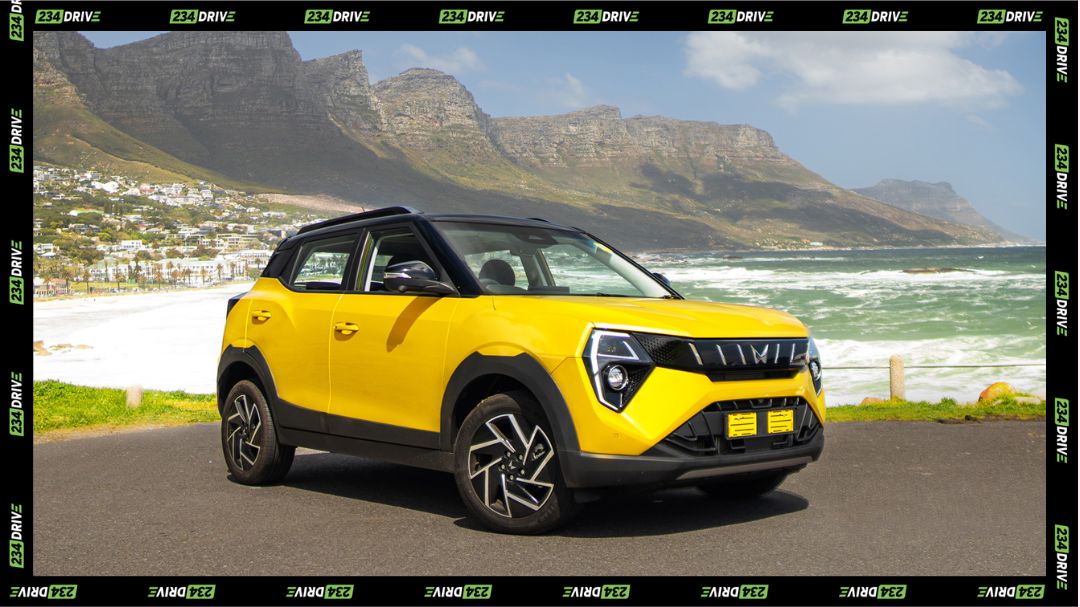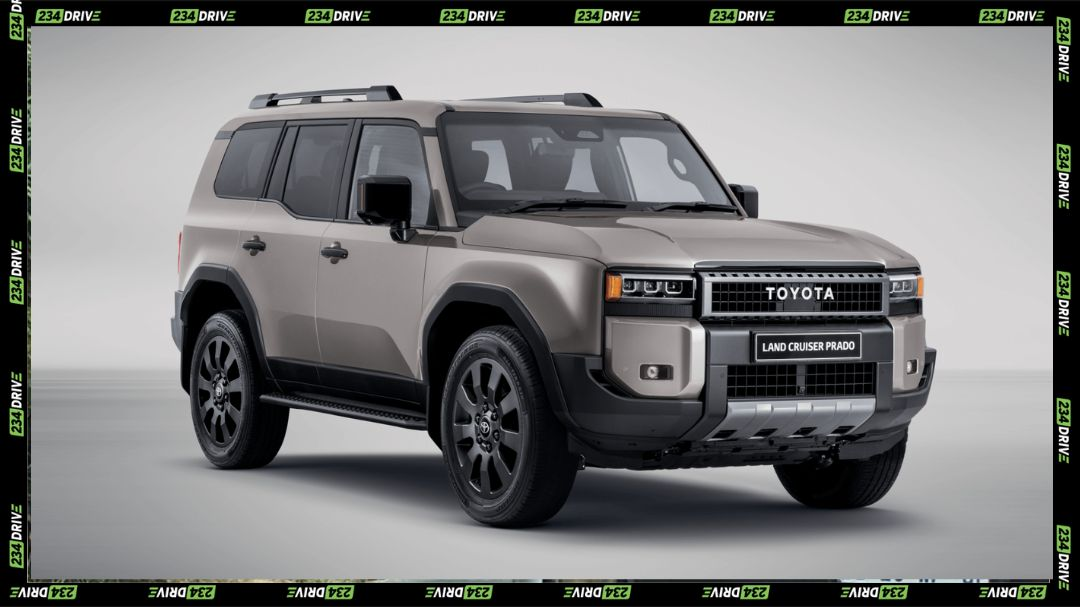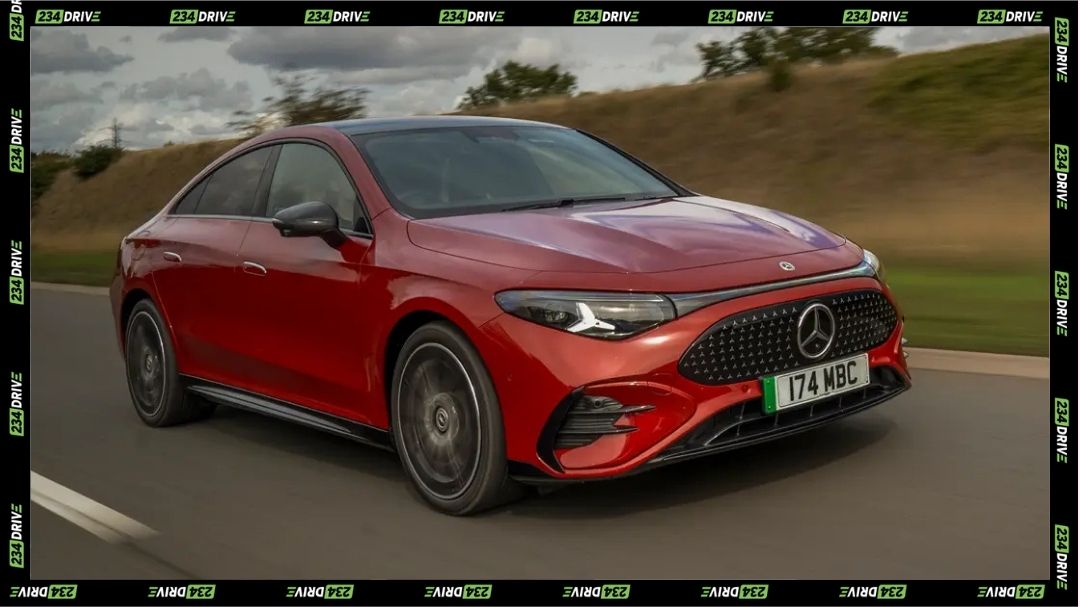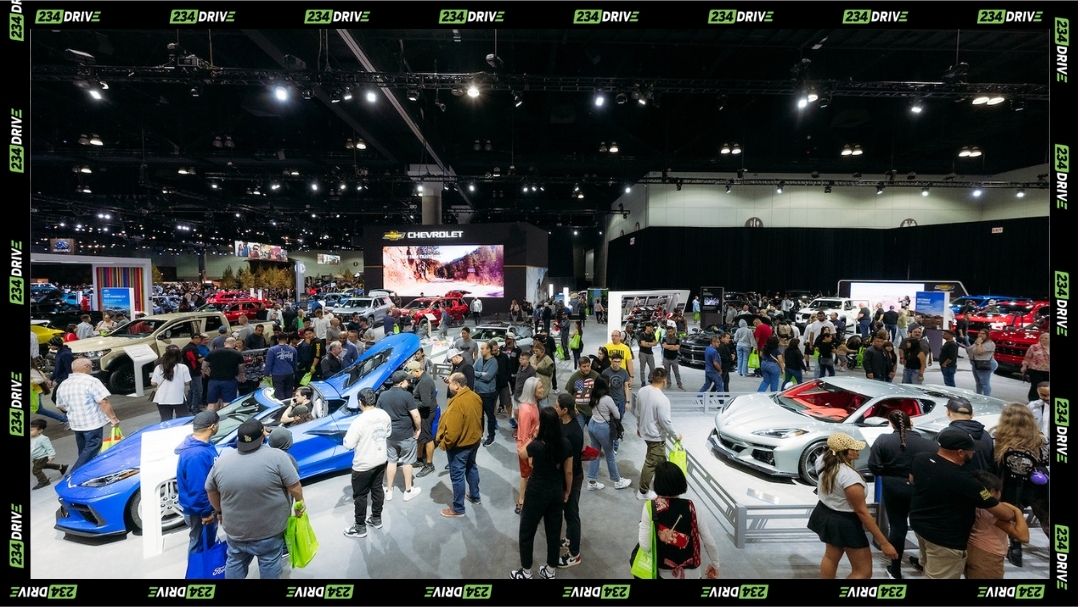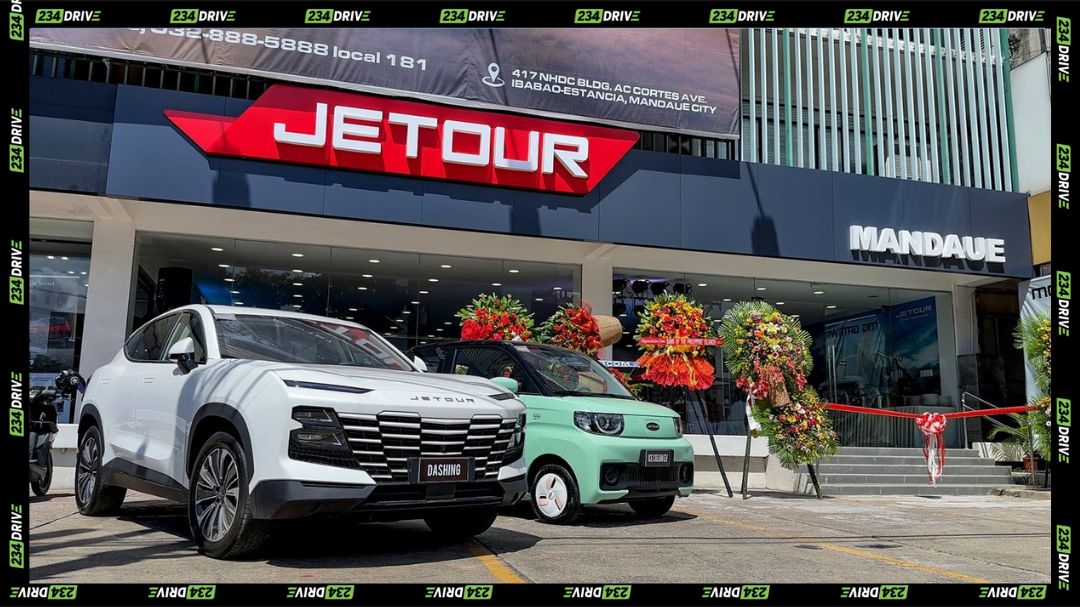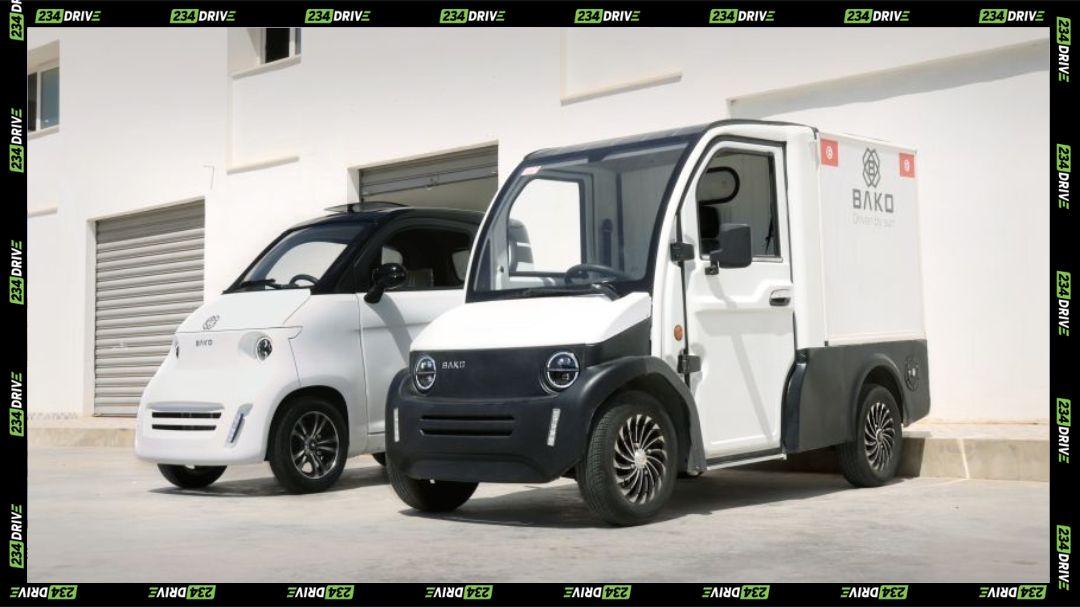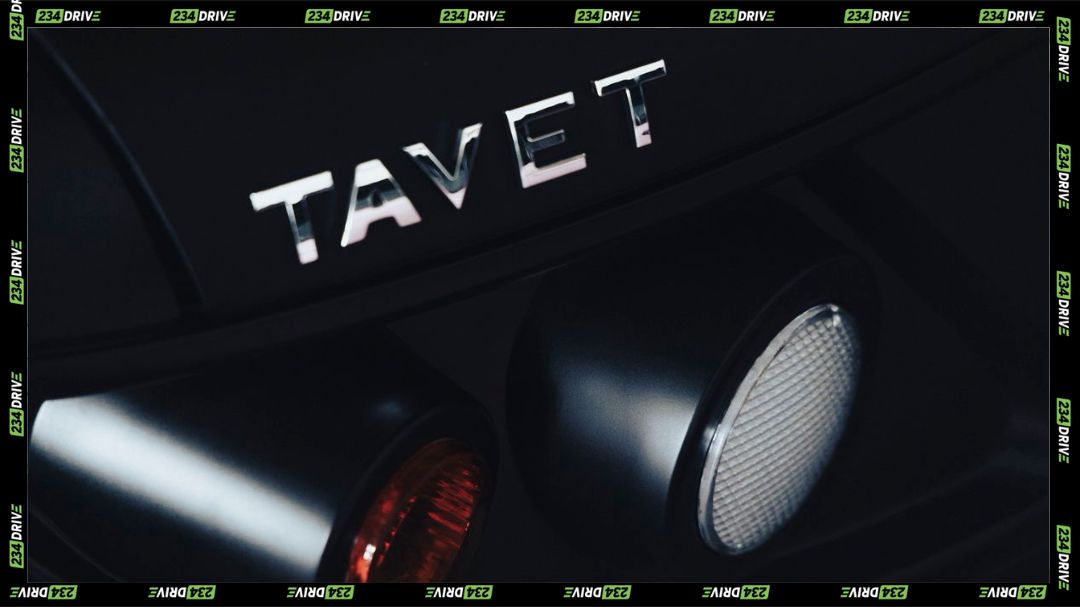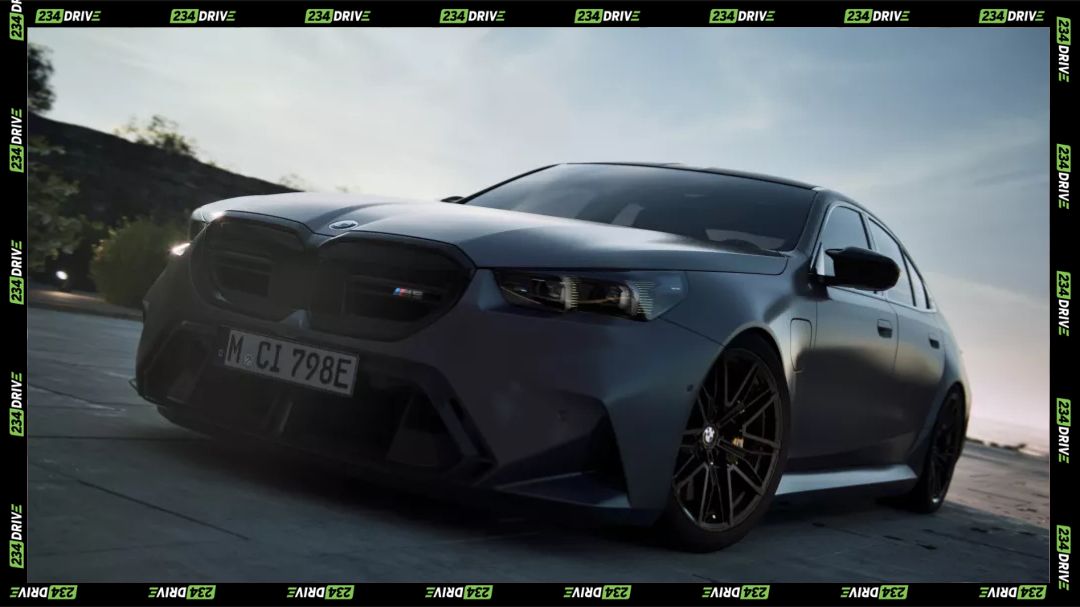Leapmotor’s C10 REEV has officially landed in South Africa, marking a new chapter in the country’s electric mobility scene. Backed by Stellantis, the Chinese automaker introduced the range-extended SUV in mid-October 2025, reportedly between October 15 and 20. It’s the first new Range-Extended Electric Vehicle (REEV) to hit South African roads in over a decade—a clear sign that the market for flexible, long-range EVs is starting to mature.
The C10 REEV blends a 28.4 kWh lithium-iron-phosphate battery with a 1.5-litre petrol engine that acts only as a generator. This setup powers an electric motor producing 170 kW and 320 Nm, enabling the SUV to sprint from 0–100 km/h in roughly 8.5 seconds. On a full charge and tank, it travels between 970 and 1,150 km, with an electric-only range of up to 170 km. Unlike conventional plug-in hybrids, the petrol engine never drives the wheels; its sole job is to recharge the battery when it runs low, making it operate primarily as a true EV.
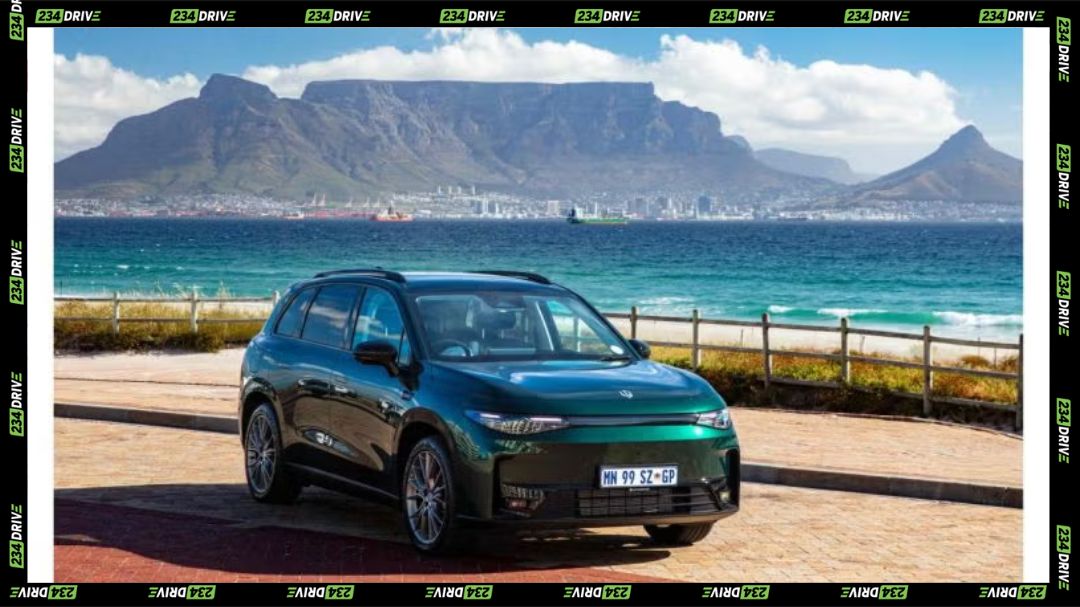
The result is a smooth, seamless driving experience without constant range anxiety. Charging is quick too: 30% to 80% in just 18 minutes on DC fast charge. For most city drivers, that means daily commutes can be covered on electricity alone, while the petrol generator provides assurance for longer journeys where charging stations are few and far between.
Inside, the C10 maintains a balance of tech and comfort. A 14.6-inch central display anchors the minimalist dashboard, joined by a 10.25-inch digital cluster, wireless charging pad, and voice assistant. Higher trims include luxuries like ventilated seats, ambient lighting, and a panoramic sunroof. The SUV measures 4,739 mm in length, with generous space for passengers and 435 litres of boot capacity that expands to 1,410 litres with rear seats folded—ideal for family or work-related travel.
The model’s appeal lies in its adaptability to South Africa’s geography and infrastructure challenges. In regions where power supply remains unreliable and charging points are scarce, the REEV format delivers peace of mind. Drivers in rural areas can handle long distances without worrying about power outages or empty charging bays. Farmers and logistics operators—often covering vast routes between town and farm—could find the hybrid setup a cost-effective solution, especially as it reduces operational downtime and maintenance costs compared to conventional internal combustion engines. Current estimates suggest running costs fall between R1.61 and R2.07 per kilometre, depending on fuel and electricity prices.
At launch, the C10 REEV comes in two trims: Style (R759,900) and Design (R799,900), each with a five-year/100,000 km warranty and service plan. While pricing sits above early expectations, it remains competitive within South Africa’s D-segment SUV market, going head-to-head with plug-in hybrids from Chery and Haval. It also benefits from Stellantis’ dealership and servicing network, helping build consumer confidence in a brand still new to local buyers.
Beyond its technical features, the launch signals something larger: a shift in how emerging markets can transition toward electrification. Pure battery EVs often struggle in areas with limited charging infrastructure, but range-extended systems like this one bridge the gap. They deliver most of the environmental and performance benefits of EVs while retaining the long-distance reliability of petrol. As South Africa continues improving its grid and renewable energy mix, vehicles like the C10 could accelerate broader acceptance of electric mobility.
The Stellantis–Leapmotor partnership also reveals a deeper strategy: using local assembly and distribution expertise to expand affordable EVs across Africa. It’s a calculated move to diversify offerings beyond Europe and China, and to gain early ground in markets where competition is still light. Similar models have already gained traction in other developing regions, showing how hybridised EV systems can adapt to infrastructure realities better than full electrics.
Leapmotor’s success in South Africa could set a precedent for broader adoption of range-extended vehicles across the continent. It poses an important question for policymakers: should governments treat such systems as transitional solutions worthy of incentives, or push directly toward pure battery-electric infrastructure? Either way, the C10 REEV marks an inflection point—a practical, accessible bridge between fossil-fuel dependence and a sustainable transport future.


